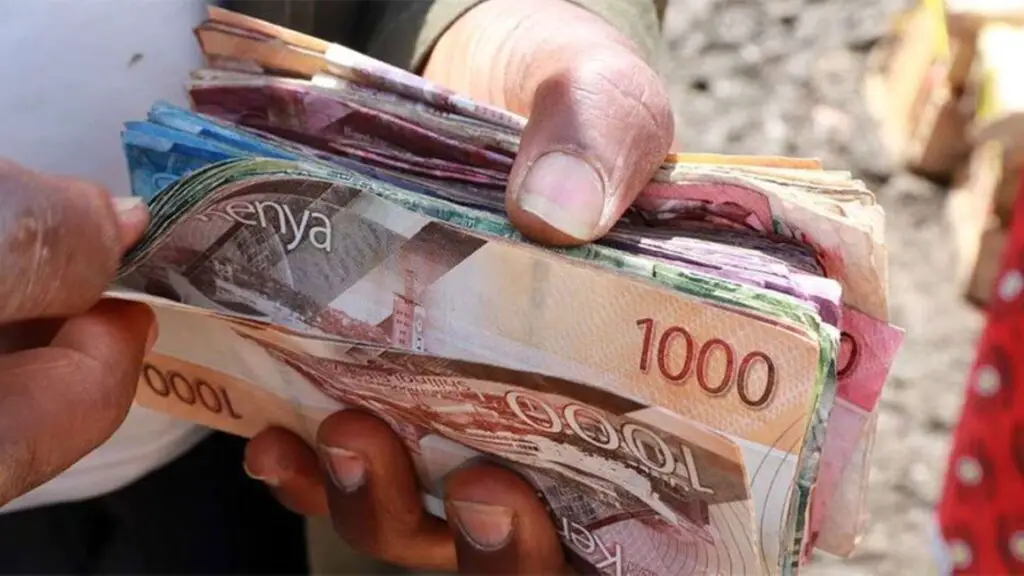- Remittance flows to developing regions were shaped by several factors in 2022 including reopening of host economies as the COVID-19 pandemic receded.
- Remittances as a share of GDP are significant in the Gambia (28%), Lesotho (21%), and Comoros (20%).
- Industry data shows most of the funds go towards supporting families in purchase of food and household goods
Remittances to Sub-Saharan Africa grew by 5.2 percent to $53 billion in 2022 defying the effects of the global crisis.
World Bank’s report on Migration and Development however noted that the growth slowed from the 16.4 percent that was recorded in 2021.
“Remittances in 2023 are projected to soften to 3.9 percent growth as adverse conditions in the global environment and regional source countries persist,” noted the report.
Flows to Nigeria and Kenya have continued to dominate remittances to Sub-Saharan Africa although the region remains highly exposed to the effects of the global economic crisis.
Remittances as a share of GDP are significant in the Gambia (28%), Lesotho (21%), and Comoros (20%).
The diaspora labour, strained by the changing economic environment in their host countries, are going to the extent of denying themselves to be able to send money back home.
A study by global payment firm-WorldRemit indicates migrants abroad have had to cut on their spending to afford sending money back home, a trend the firm says will continue in the short to medium-term.
Findings from the WorldRemit survey conducted in June showed 49 per cent of respondents reported that they eat out less, 46 per cent reduced on day-to-day expenses, while 28 per cent have limited social gatherings to save money.
About 25 per cent of the respondents said they have opted for public transportation rather than driving to work, part of which has seen them continue to support families and friends back at home.
“Migrants’ resilience and commitment to their loved ones back home has proven to be vital, especially in a period where household expenses are increasing around the world,” notes Jorge Godinez Reyes, Head of the Americas, WorldRemit.
But where does the money go?
Industry data shows most of the funds go towards supporting families in purchase of food and household goods, for offsetting medical expenses and meeting education expenses.
“Remittances are a vital source of household income for low-and medium-income countries (LMICs). They alleviate poverty, improve nutritional outcomes, and are associated with increased birth weight and higher school enrollment rates for children in disadvantaged households. Studies show that remittances help recipient households to build resilience, for example through financing better housing and to cope with the losses in the aftermath of disasters,” stated the Word Bank report.
Other purposes include payment of rent and household utilities, payment for the costs associated with ceremonies, clothing and farming needs.
Migrants hence provide a much-needed lifeline especially in poor households.
Factors affecting remittances
Remittances increased in Europe and Central Asia as the impact of rising oil prices and the Russia – Ukraine war continues to ripple across the globe.
However, demand for migrant workers in Russia supported remittances, in addition to the currency valuation effect.
A reopening of host economies as the Covid-19 pandemic receded supported migrants’ employment and their ability to continue helping their families back home.
“Migrants help to ease tight labor markets in host countries while supporting their families through remittances. Inclusive social protection policies have helped workers weather the income and employment uncertainties created by the Covid-19 pandemic,” says Michal Rutkowski, World Bank Global Director for Social Protection and Jobs.
Climate driven migration
In a special feature on climate-driven migration, the World Bank has noted rising pressures from climate change will both drive increases in migration within countries and impair livelihoods.
The poorest are likely to be most affected as they often lack the resources necessary to adapt or move.
Studies show that migration can play a role in coping with climate impacts, for example, by providing an escape from disasters and also through remittances and other forms of support to affected households.
Changes in the international legal norms and institutional frameworks for migration may be required to cope with the challenge of climate-related migration, particularly in the context of cross-border mobility, as is the case for small island nations.
“Planning for safe and regular migration as a part of adaptation strategies will be required for managing displacement in the affected regions as well as the influx of people in the receiving communities,” says Dilip Ratha, lead author of the Brief and head of the Global Knowledge Partnership on Migration and Development (KNOMAD).
“National and regional development strategies should be viewed through a climate migration lens,” he adds.
